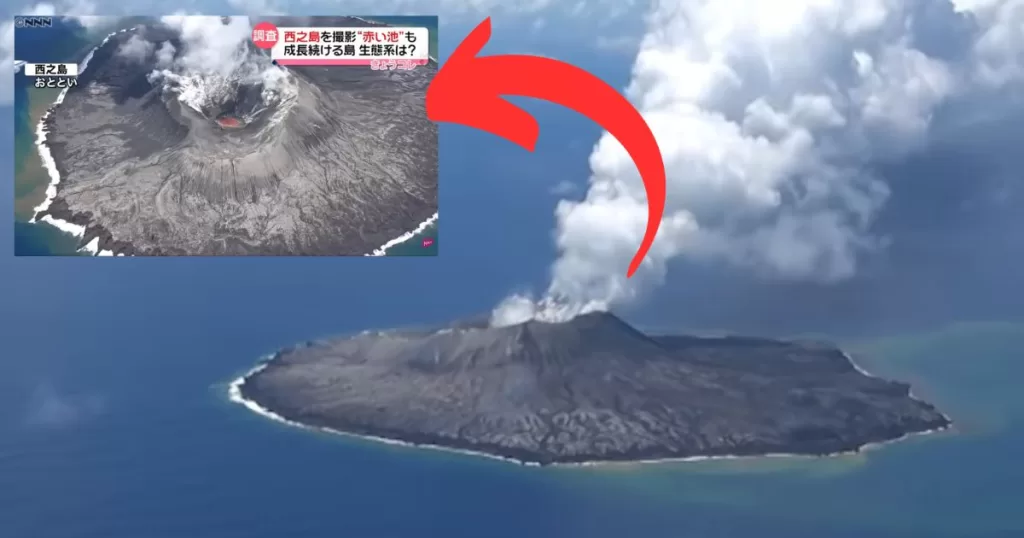Volcanic Island of Nishinoshima Has Grown 20 Times Larger in 10 Years
Nishinoshima Island, located about 930 kilometers south of Tokyo, has expanded dramatically over the past decade due to ongoing volcanic activity. The remote island, part of the Ogasawara village in Tokyo, has grown nearly 20 times larger since 2013, when a new eruption began creating additional landmass.

The new lava completely covered the original Nishinoshima Island, which translates to “Western Island” in Japanese. Over the years, intermittent eruptions have continued to expand the island, which now measures around 4.4 square kilometers, according to Professor Fukashi Maeno of the University of Tokyo. He flew over the island in late October 2023 and observed a towering 250-meter peak at the top, emitting localized fumarolic gas.

While the volcano appears relatively calm, releasing small amounts of gas, the surrounding seawater remains discolored, suggesting ongoing volcanic activity. “It is a precious place where we can see the early stages of the growth of a volcanic island that has escaped the erosion of waves,” Maeno stated.

Nishinoshima provides a fascinating case study of how volcanic islands form and evolve over time.
The island was originally discovered by a Spanish ship in 1702 and referred to as Rosario Island. In 1904, the Japanese name Nishinoshima or “Western Island” became the official name. Now, over 300 years after its discovery, the remote island continues to grow and change due to volcanic forces.

The birth and expansion of Nishinoshima Island demonstrates the dynamic processes that shape our Earth over millennia. As one of Japan’s remotest islands, Nishinoshima remains largely untouched by human activity, making it an intriguing natural laboratory for researchers to unlock secrets of island formation and ecological evolution.